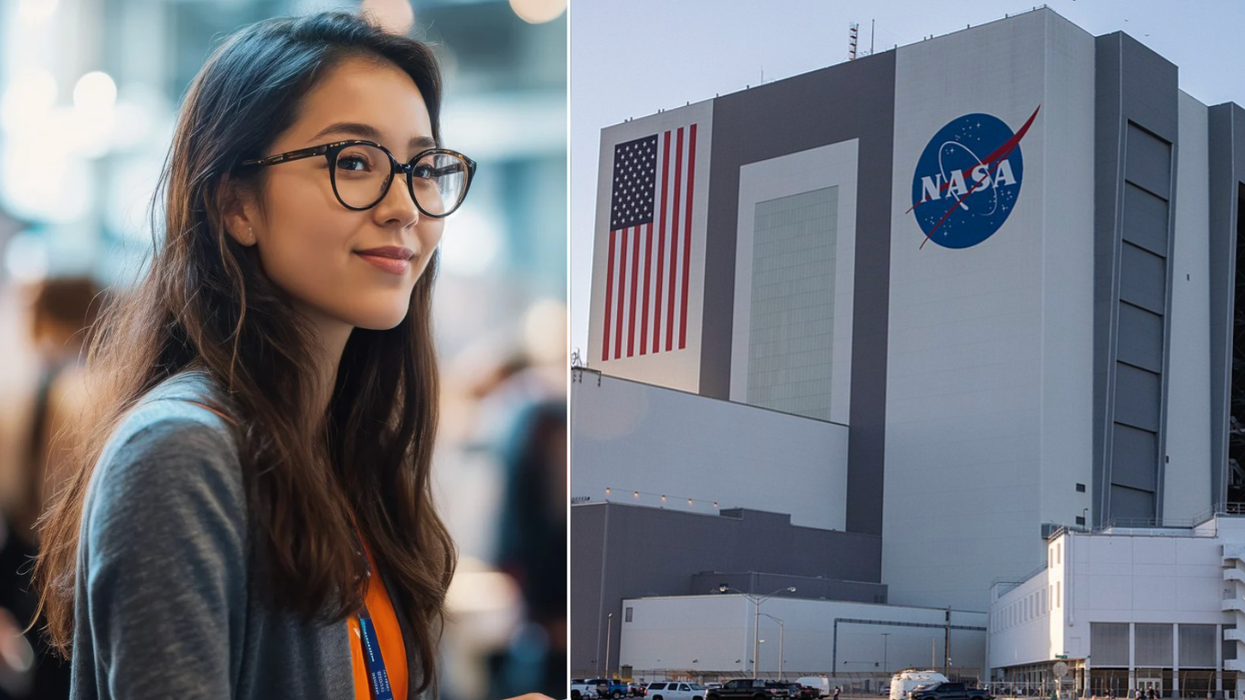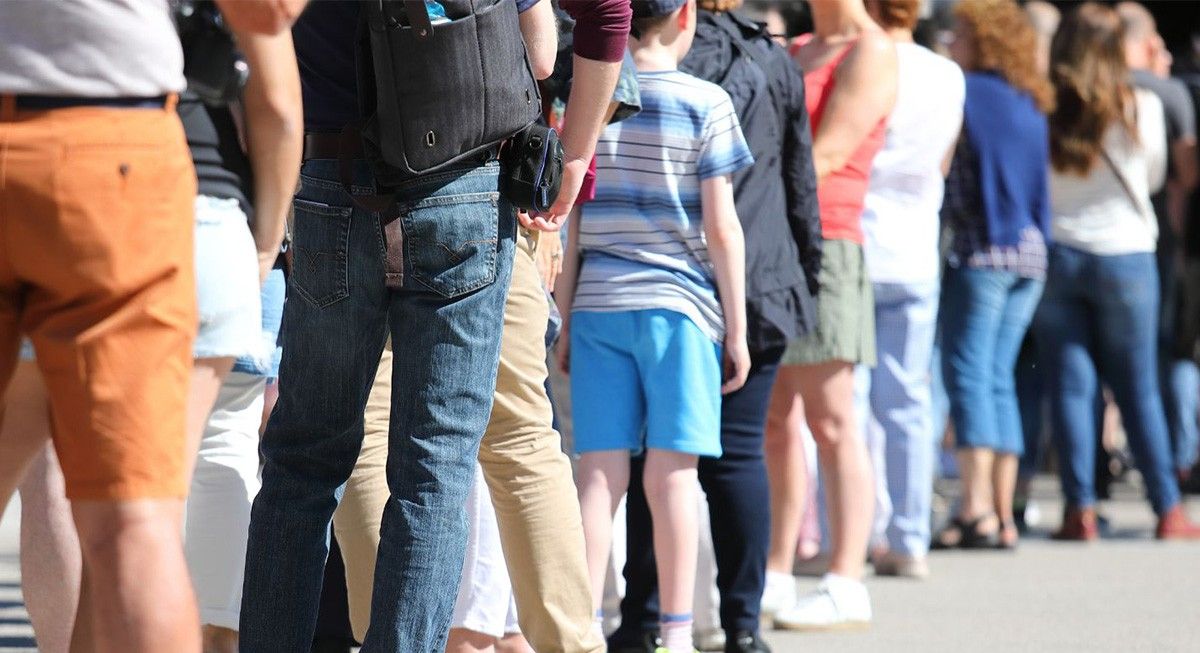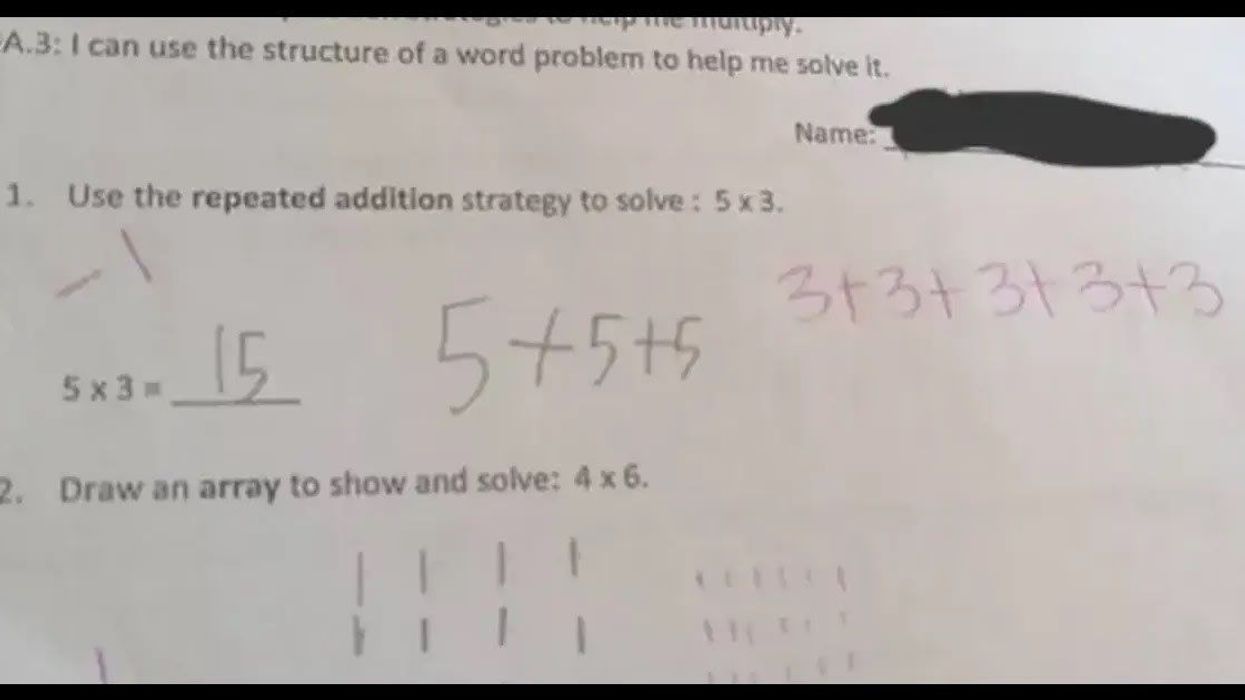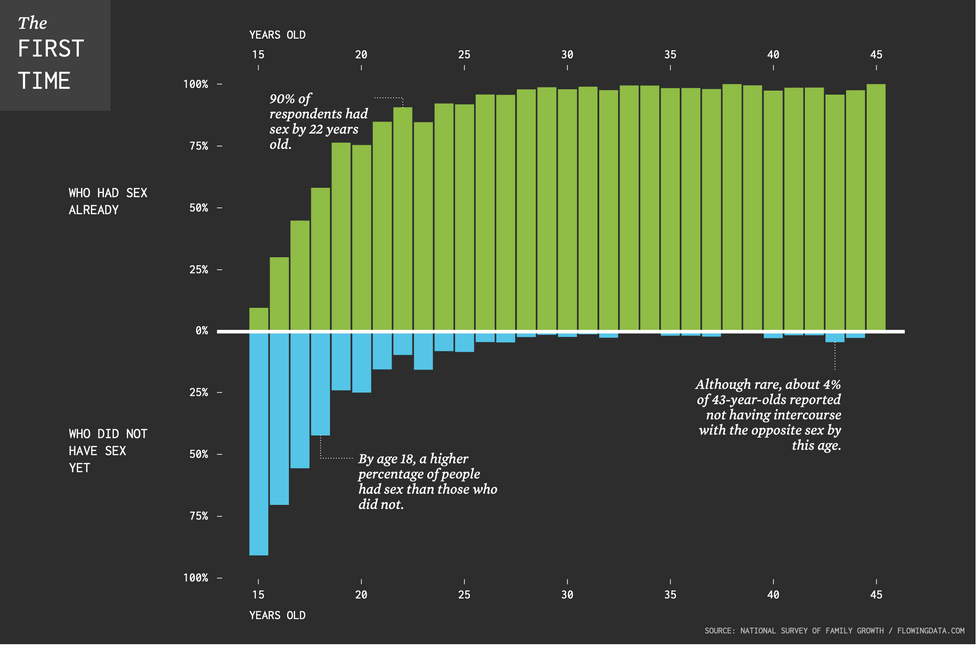When a person becomes a parent, their child's safety is always at the forefront of their mind. This includes when they get picked up and dropped off from school each day on the bus. There has been a concerning trend of drivers whizzing past stopped school buses when children hop on or get dropped off even though the bus driver activated the flashing stop sign. In order to catch speeding drivers threatening the children’s safety and to curb such behavior, several states have been implementing A.I.-enabled cameras to watch and report violations. But the questions remain: does this actually protect children and at what cost?
Many schools such as Lower Merion School District in Ardmore, Pennsylvania are using BusPatrol, a company that implements A.I.-enabled stop-arm cameras that monitor any vehicles that pass by when the school bus is parked and the stop sign is activated by the driver. If any drivers pass by, the company sends the video and data to the local police to issue any citations. It’s with this hope that not only will more perpetrators be caught, but it would also deter any impatient drivers from speeding past the bus in the first place. This A.I. technology isn’t too different from pilot programs done in New York and Michigan to catch drivers who don’t stop for kids.
- YouTube youtu.be
BusPatrol is one of the larger companies providing this service, claiming to have over 30,000 A.I.-enabled school buses in their fleet per their website. They also tout their effectiveness. Per a press release, BusPatrol claimed to have identified 1,100 vehicles who didn’t stop for school buses within the first six weeks of the 2024–2025 school year for just Salem Public Schools alone after starting their program in various schools around Massachusetts.
Sure, this helps the police hand out tickets more easily, but does this actually help the kids or the community? After several school districts in Maryland hired BusPatrol, skepticism and criticism arose from residents. First, the money collected from fines, usually around $250 per ticket, doesn’t all go back towards public safety. BusPatrol takes a percentage of each fine collected on top of a monthly tech fee. In Maryland’s case, BusPatrol collects 60% of ticket revenues along with $100,000 per month in tech fees.
Secondly, just because a vehicle was flagged by the A.I. camera, it doesn’t mean that they violated the law. Traffic enforcement has to view the footage to see if a violation was actually made or if there were mitigating circumstances such as the bus driver not flashing lights in time for other drivers to react. Because of this, only about 37% of the tickets issued were approved or weren’t overturned on appeal in Anne Arundel County in Maryland, yet BusPatrol still collected $2 million from their drivers.
“For some people, it is well-intentioned. They do actually believe there's a problem that needs to be solved. But for the vast majority of situations, it's really a money grab,” Jay Beeber, executive director of the National Motorists Association, told WMAR-2 News.
Maryland isn’t the only state with gripes, as communities within New York, Florida, and Virginia share the same concerns regarding the effectiveness of the program and where the money collected from the issued fines goes. There are some people who support the program itself but hate its enforcement, such as when one person was ticketed for passing a bus in a parking lot that wasn’t even unloading or loading any passengers.
- YouTube youtu.be
This situation is similar to the critiques of red light cameras in that there is skepticism on whether they actually deter drivers from running red lights or at least deter them enough to justify the money drawn in from fines. There are some reports that the most monitored intersections have become safer, however a decade’s worth of data analyzed from one of the nation’s largest red light camera programs in the country located in Houston, Texas found that reports of lower accidents could have been due to trends varying the average over time. If an intersection had an unusually high number of accidents one year, there would be fewer accidents the following year, skewing the average. In layman’s terms, it cannot be fully proven if a lower accident rate in an intersection was due to a red light camera existing or not. Similarly, a person cannot 100% prove or disprove that A.I.-enabled bus cameras are preventing children from getting hit by cars.
@kbcrayons Alright parents lets talk about bus riding. Its a scary and exciting part of starting school, so here are some tips to talk to your child with about riding the bus. 🚌🤗🏫#kindergarten #kindergartenteacher #kindergartenlife #kindergartentips #backtoschool2024 #teacher #tiktok #teachertok #kindergartenmom #teachersoftiktok #kindergartenteachers #bus #bigyellowbus #schoolbus
One of the proven ways to help reduce the number of kids getting hit by traffic while going on and off the bus is to follow instructions given by the National Highway Traffic Safety Administration. Make sure your children know to stay at least ten feet away from the curb when waiting for the bus and to not approach it until it is fully stopped and the bus signals them to enter. Also, make sure they know to look both ways before crossing any street after they get off the bus. Along with following the laws regarding school bus stop-arms, it’s generally a good idea for all drivers to see a school bus as a warning sign that children are nearby, possibly walking near your vehicle. This way the number of such accidents can be reduced, with or without an A.I. camera.


















 A symbol for organ donation.Image via
A symbol for organ donation.Image via  A line of people.Image via
A line of people.Image via  "You get a second chance."
"You get a second chance." 

 36 is the magic number.
36 is the magic number. According to one respondendant things "feel more in place".
According to one respondendant things "feel more in place". 
 Some plastic containers.Representational Image Source: Pexels I Photo by Nataliya Vaitkevich
Some plastic containers.Representational Image Source: Pexels I Photo by Nataliya Vaitkevich Man with a plastic container.Representative Image Source: Pexels | Kampus Production
Man with a plastic container.Representative Image Source: Pexels | Kampus Production
 Canva
Canva It's easy to let little things go undone. Canva
It's easy to let little things go undone. Canva
 Photo by
Photo by 
 Teens are waiting longer than at any point in the survey’s history. Canva
Teens are waiting longer than at any point in the survey’s history. Canva Chart on the age of a person’s first time having sex.National Survey of Family Growth/flowing data.com | Chart on the age of a person’s first time having sex.
Chart on the age of a person’s first time having sex.National Survey of Family Growth/flowing data.com | Chart on the age of a person’s first time having sex.
 Kids know the good adults from the bad.
Kids know the good adults from the bad.